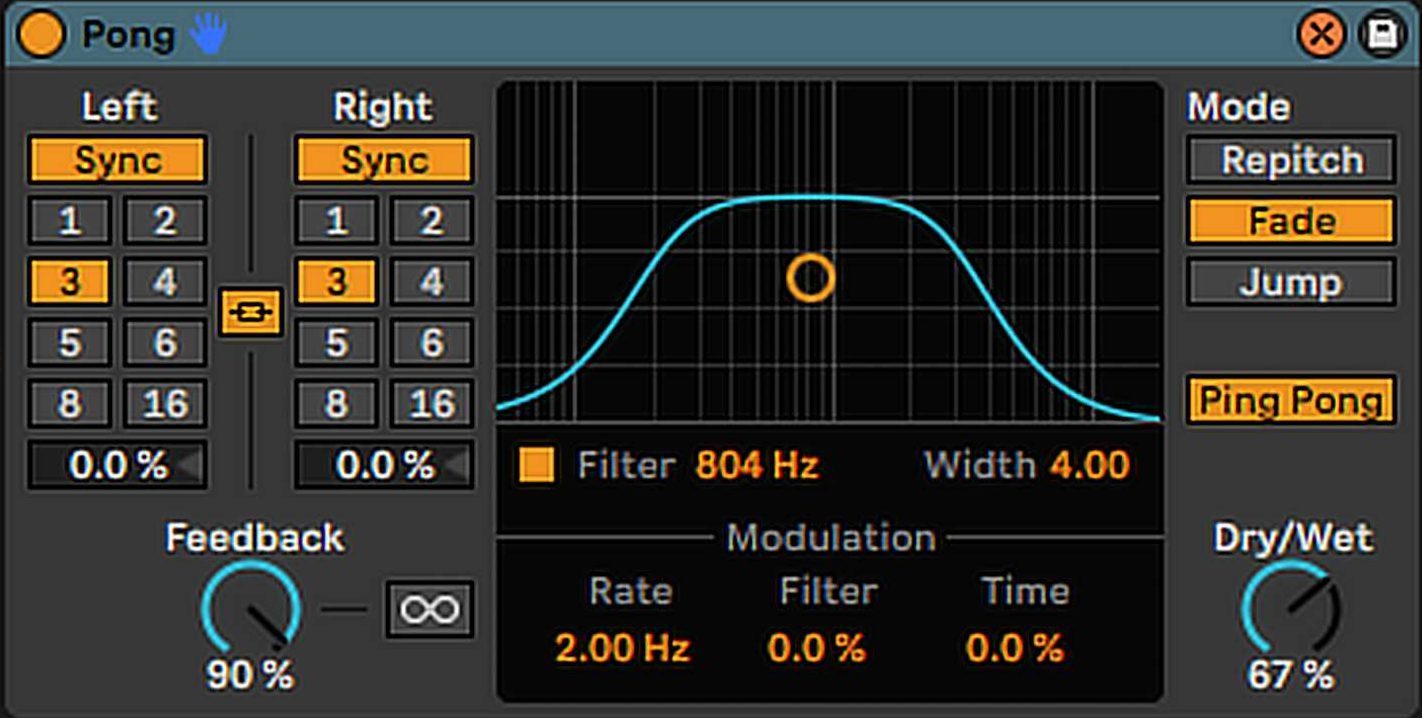

This allows you to quickly listen through different parts of the clip and find which part works best. Drag the “start marker” back/forth to scroll through the audio clip.Drag the “end marker” to the end of the audio clip.Double-Click on the title bar of the audio clip to open the sample editor.This placeholder prevents the audio clip from expanding when dragging the start marker forward. Put the placeholder after the audio clip you want to scroll through.Create a clip of silence or “place holder” by using any audio sample and turning it’s gain down to “-inf dB” in the sample editor.Using a placeholder to scroll through audioĭo you ever have a long audio clip, but only want to audition certain parts of it to find which section sounds best? Here’s a great way to “scroll” through an audio clip by using a clip of silence as a placeholder.

You will now have an audio copy while the frozen track remains the same.Ībleton Tip #3. Hold down “ctrl” click + drag the clip into an audio track.Highlight the area of the frozen track you want the audio from.What if you want to keep the frozen track with your MIDI clip and effect chain? The only problem with “flattening” is that it overrides your original MIDI track with audio and it also gets rid of all the effects you have on that channel, as they will be baked into the frozen audio file. Transfer frozen tracks to audio without using “Flatten”įreezing a channel in Ableton is a great way to save CPU and is also useful to quickly bounce MIDI channels into audio, by “flattening” a frozen track. Alternatively, use feature #10 to turn the delay off when it’s not being used.Ībleton Tip #2. It’s important to keep the delay time at 1.00 ms when this effect isn’t being used. Note: The entire channel will be delayed by the value of the delay time when it is static. Keep in mind that the pitch change only happens when the delay time is being changed/automated while processing a sound. It’s possible to create a pitch increase when automating the delay time from a high to low value. To create a tape-stop effect, the delay time needs to be automated from a low to high value. The cool thing about this is that when the delay time isn’t being changed/automated, the pitch of the sound will glide back to it’s regular original pitch. When the delay time is static, we won’t hear any difference, but when the delay time is being changed, while a sound is going through the delay, we will hear a pitch increase or decrease. To hear this effect, the “delay time” needs to be automated.


You can get some interesting results when trying this with the other delays too. This works with Ableton’s Filter Delay, Ping Pong Delay and Simple Delay. To change the delay mode, right-click on the delays title-bar and select “Repitch”. The “Repitch” mode can be used to simulate a tape stop effect. Delay “Repitch” mode for tape stop effectĪbleton’s delays offer 3 different modes which change the delay’s processing behavior. Note: If you’re using Mac, “Ctrl” = “Command” for all keyboard shortcuts.Ībleton Tip #1. Some of these ableton tips are interesting production techniques and others are features which can save you some time and speed up your workflow. Keep in mind that this is an Intermediate guide, so if you are new to Ableton Live, this may be difficult to understand. Once set up, aggressively twisting (or automating) the delay time gives the back-and-forth repitching effect synonymous with scratch DJs.These 11 Ableton tips and tricks are often overlooked, yet extremely useful. Set the wet/dry mix to 100% wet, and dial the feedback back to minimum.
#Ableton live 10 simple delay repitch psp#
However, the easiest method is to use a tape-style ‘repitching’ delay such as Waves’ H-Delay, u-he’s Color Copy or PSP cmDelay (included with every issue of Computer Music). There are lots of ways of doing this in your DAW, such as manually placing multiple scratch samples on the grid and reversing every other one. The most basic scratch move is known as the baby scratch, which entails moving the scratch sound backwards and forwards, with the crossfader open at all times. The first place to start is recreating the movement of the record itself. While it can take many years to become ambidextrous enough to do epic scratch moves using a mixer and vinyl turntables (or CDJs), you can use your DAW and choice plugins to recreate this sound in the box, without a dusty record in sight. The basic premise is to create a rhythmic sound that complements the music being played, achieved by moving the scratch record back and forth while using the central mixer’s crossfader to chop the scratching sound in and out.


 0 kommentar(er)
0 kommentar(er)
